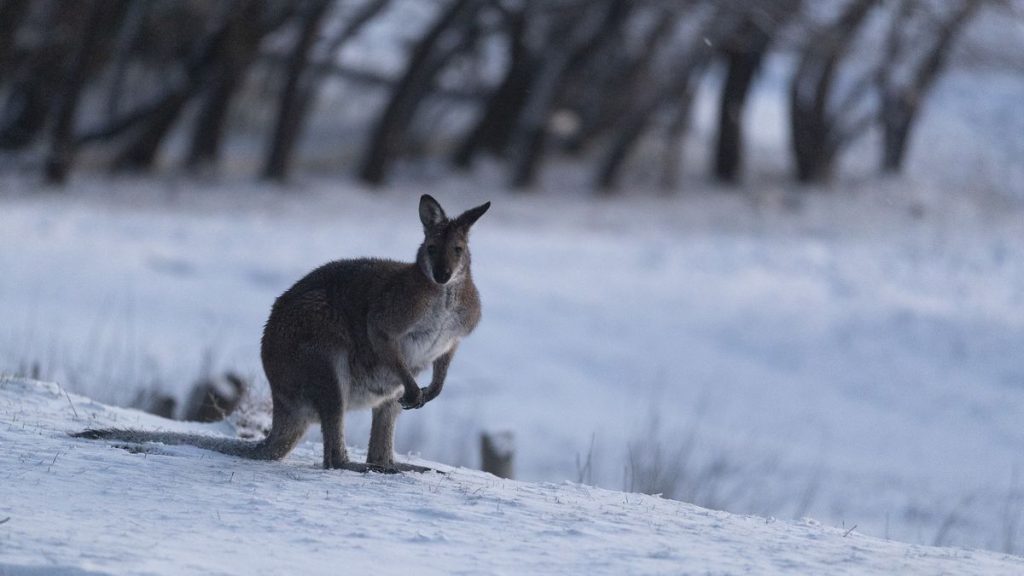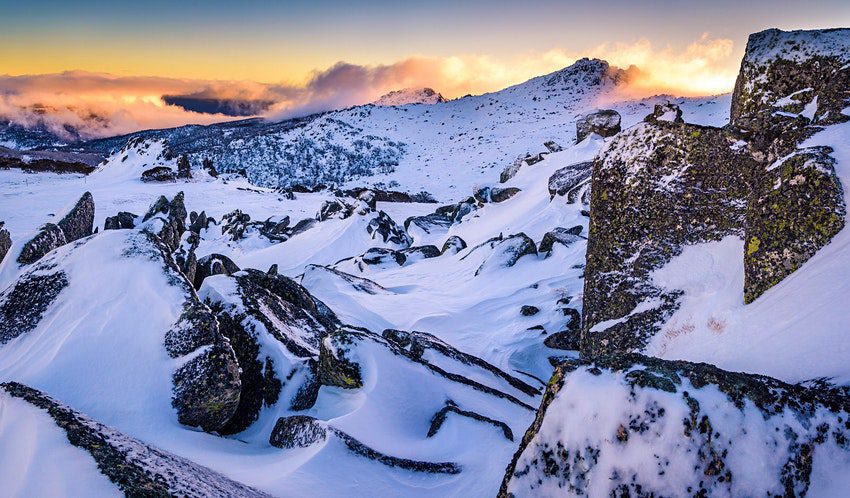Embracing the Tranquil Charms of Winter in Australia. When is Winter in Australia and How to Celebrate. As the Southern Hemisphere leans towards the sun, Australia experiences its own unique take on winter.
While the rest of the world might be donning coats and scarves during these months, Australians find themselves in a milder, yet equally enchanting version of the cold season.
When is Winter in Australia?
Winter in Australia falls between the months of June and August.

Celebrating Winter in Australia:
Winter in Australia is a unique and cozy time of year that’s worth celebrating. Despite the milder temperatures compared to other parts of the world, Australians have their own charming way of embracing the colder season. Here’s how you can celebrate:
Winter Festivals: Various cities across Australia host winter festivals filled with art, music, and delicious food. Check out events like the Vivid Sydney festival for stunning light displays or the Dark Mofo festival in Hobart for a blend of art, music, and cultural exploration.
Winter Sports: While snowfall is mostly limited to the Australian Alps, winter sports enthusiasts can head to places like Thredbo, Perisher, or Mount Buller for skiing, snowboarding, and snowshoeing.
Cosy Getaways: Embrace the cooler temperatures by enjoying a cozy getaway to a charming cottage, lodge, or luxury hotel in the countryside. It’s the perfect time to relax by a fireplace with a cup of hot cocoa.
Winery Tours: Australia’s wine regions take on a different beauty in winter. Embark on a winery tour in regions like Margaret River, Hunter Valley, or Barossa Valley and savor the warmth of red wine.

When is Winter in Australia? Upcoming Day and Dates:
When is Winter in Australia 2024?
Winter 2025 in Australia will begin on Saturday, June 1st and ends on Saturday, August 31st.
When is Winter in Australia 2025?
Winter 2025 in Australia will begin on Sunday, June 1st and ends on Sunday, August 31st.
- 2026: June 1st (Monday) – August 31st (Monday)
- 2027: June 1st (Tuesday) – August 31st (Tuesday)
- 2028: June 1st (Thursday) – August 31st (Thursday)
- 2029: June 1st (Friday) – August 31st (Friday)
- 2030: June 1st (Saturday) – August 31st (Saturday)
Seasons in Australia:
When is Spring in Australia
Spring – the three transition months September, October and November.
When is Summer in Australia
Summer – the three hottest months December, January and February.
When is Autumn in Australia
Autumn – the transition months March, April and May.
When is Winter in Australia
Winter – the three coldest months June, July and August.
more

Where to Celebrate:
Sydney: Vivid Sydney Festival
Hobart: Dark Mofo Festival
Australian Alps: Ski resorts like Thredbo, Perisher, and Mount Buller
Yarra Valley, Margaret River, Hunter Valley, Barossa Valley: Winery tours
Cozy cottages and lodges across the countryside
As you prepare to embrace the unique charm of Australian winter, remember that it’s a season to create warm memories, cozy moments, and delightful experiences with loved ones.
